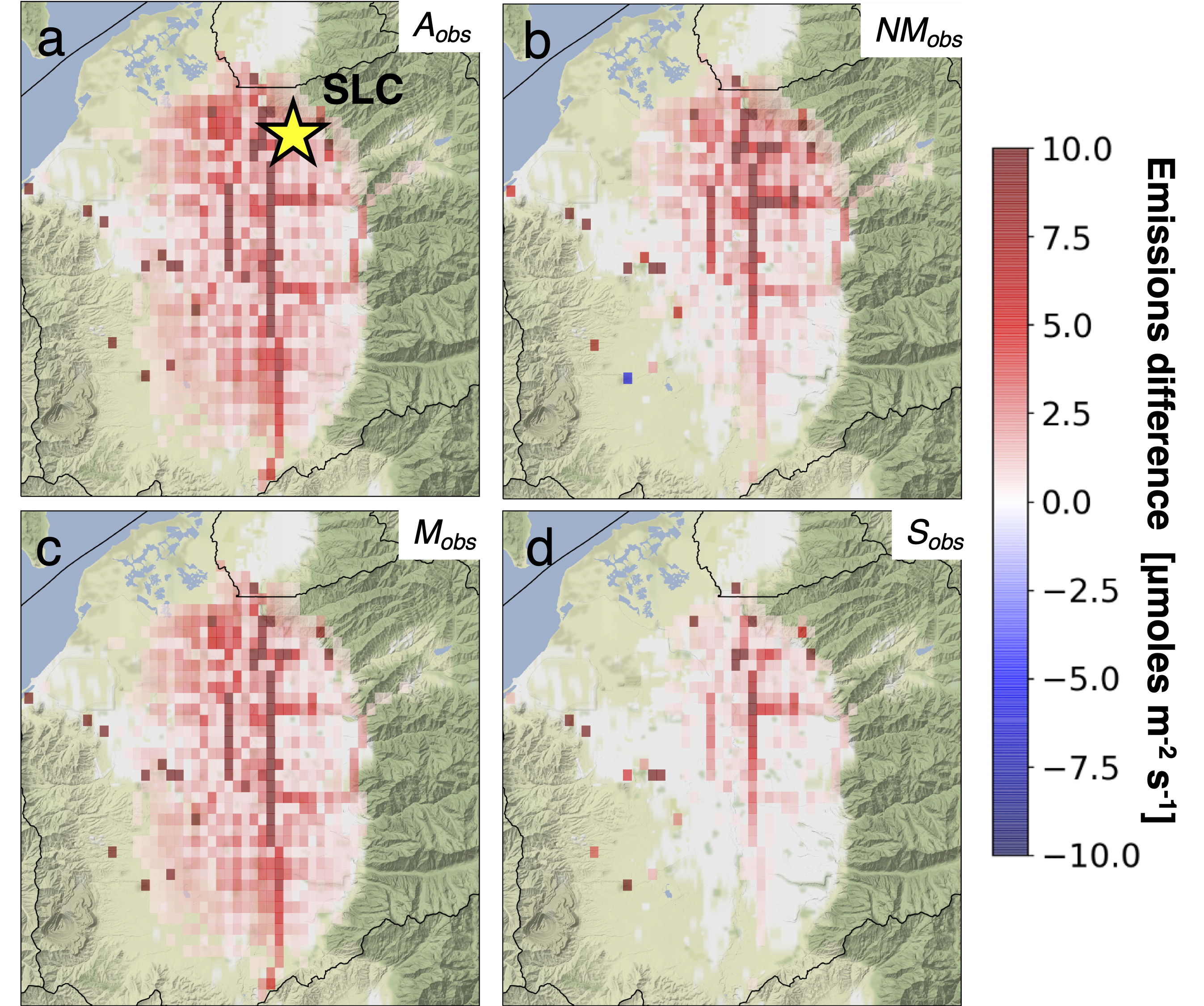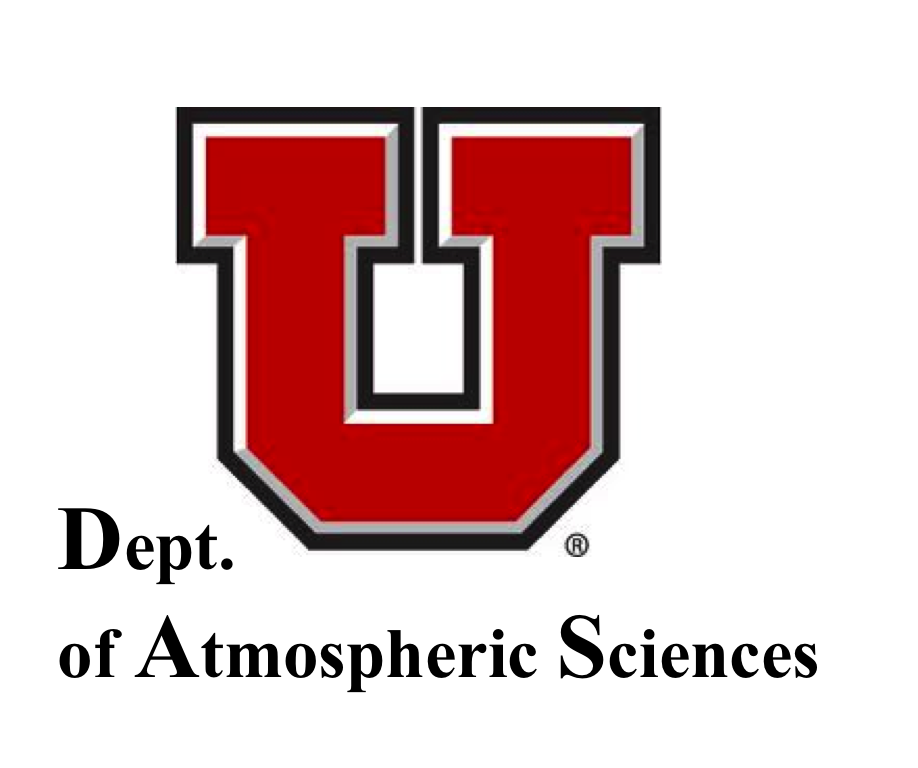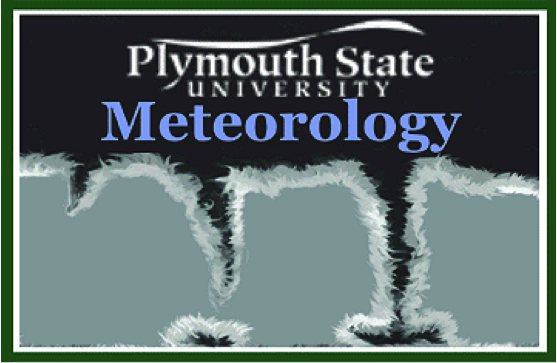Urban Emission Modeling
With urban populations projected to increase by 2.5 billion people by 2050,
cities are expected to play a major role towards reducing carbon emissions
in coming decades. Our research group is actively developing techniques
that can better quantify greenhouse gas (GHG) emissions. We hope that our science
can be used to develop more effective policies for reducing GHG emissions while
simultaneously uncovering opportunities for improving energy efficiency.
Currently, we use modeling tools such as HYSPLIT-STILT to simulate the atmospheric
transport of urban emissions. Using Bayesian-style inverse modeling techniques,
we can use our model analyses to refine estimates of GHGs and atmosphere pollutants.
We can also use this sort of modeling tool to optimize the way we measure GHGs and
pollutants with our instruments.

This figure shows emission adjustments across the Salt Lake Valley using CO2
measurements from (a) all available observations, (b) non-mobile sites only,
(c) mobile sites only, and (d) a single, non-mobile site.


